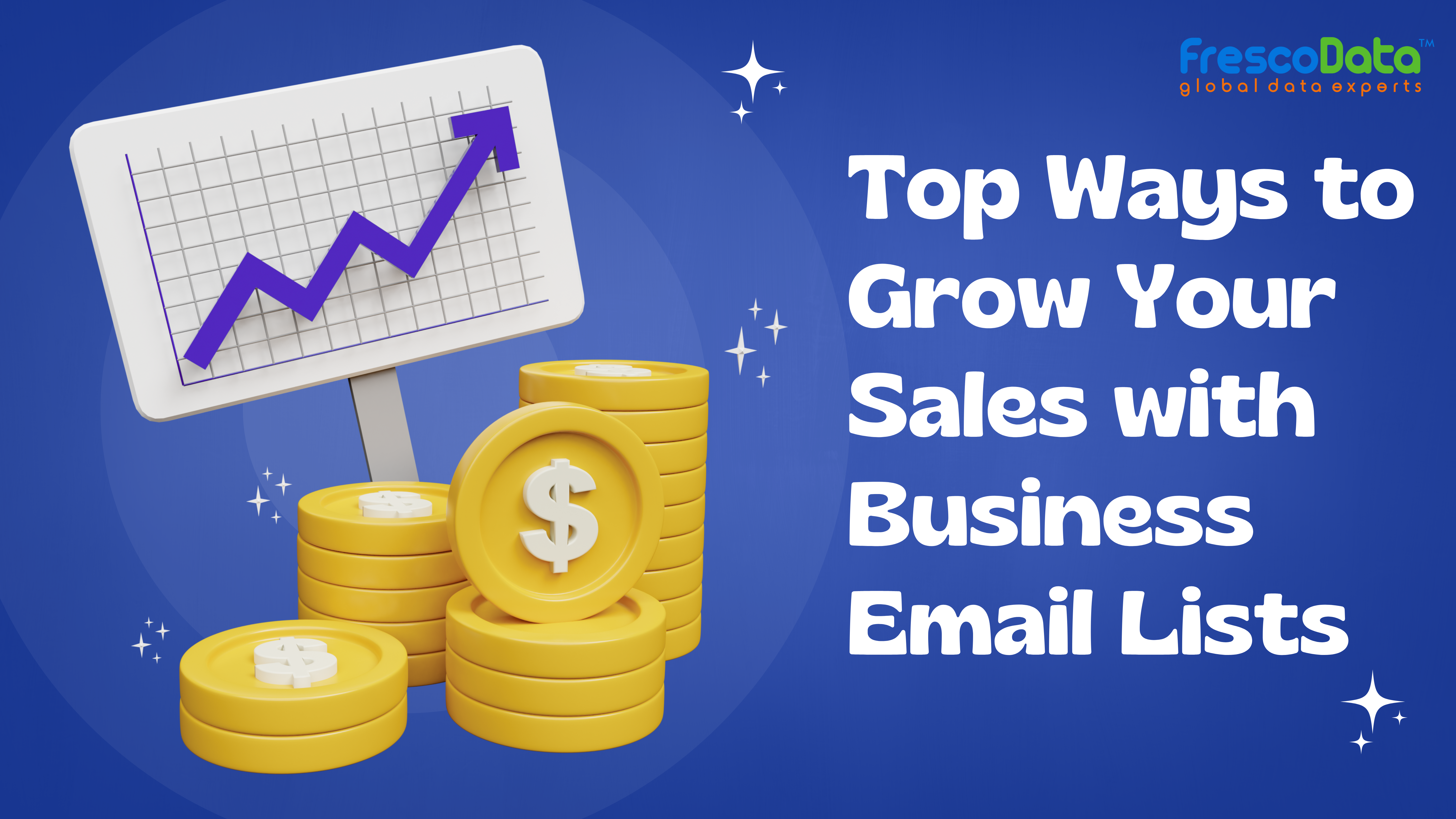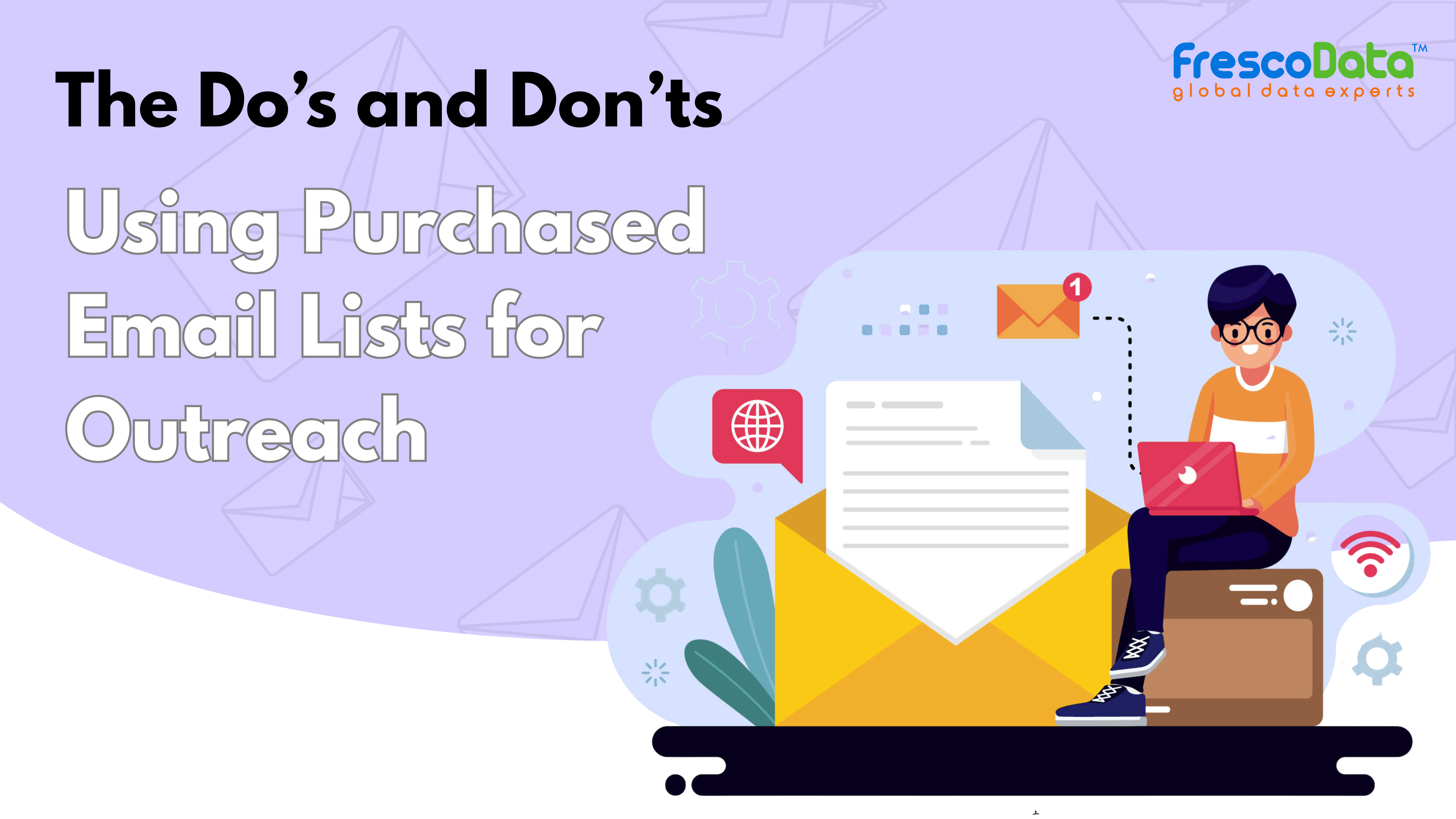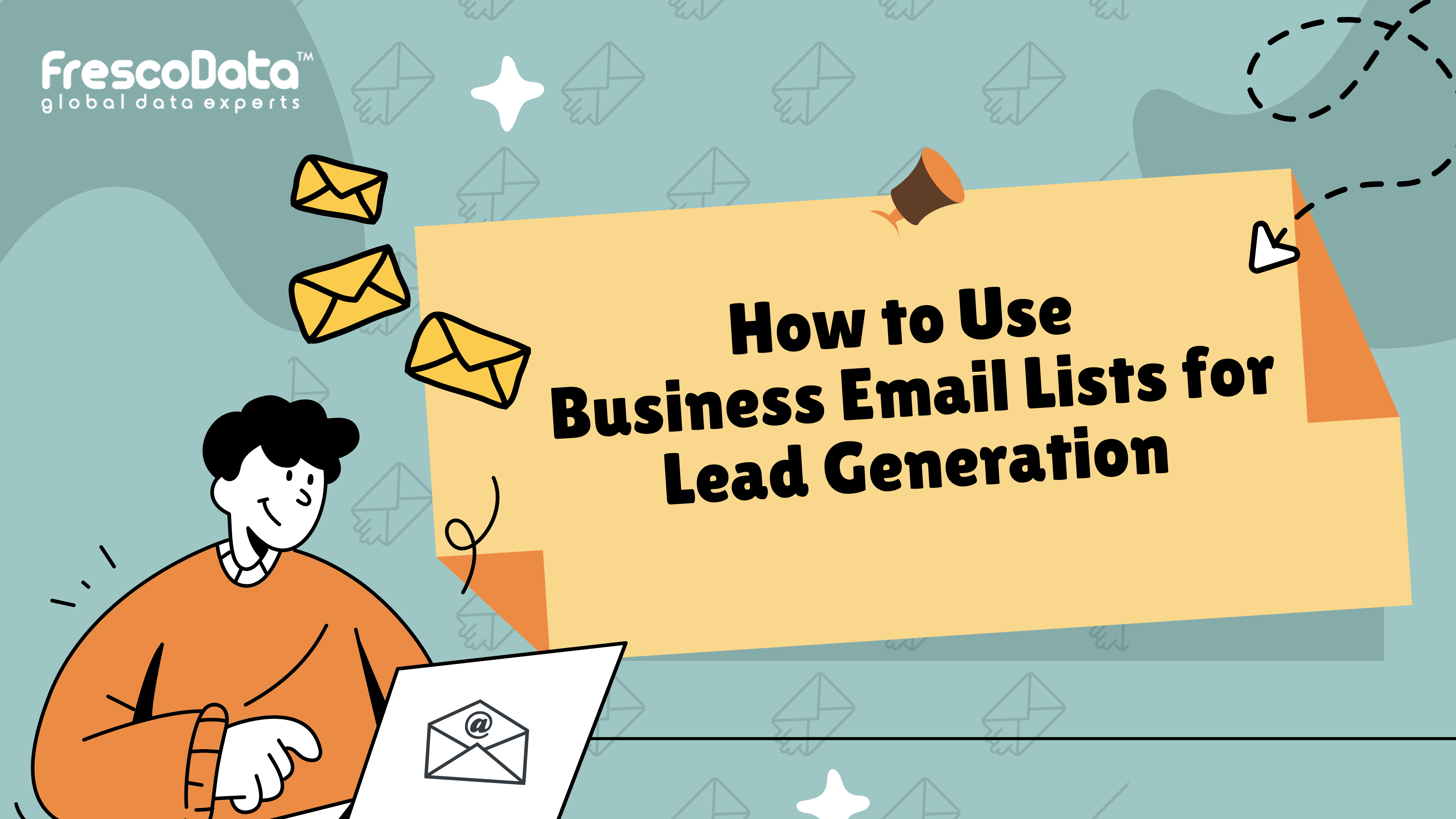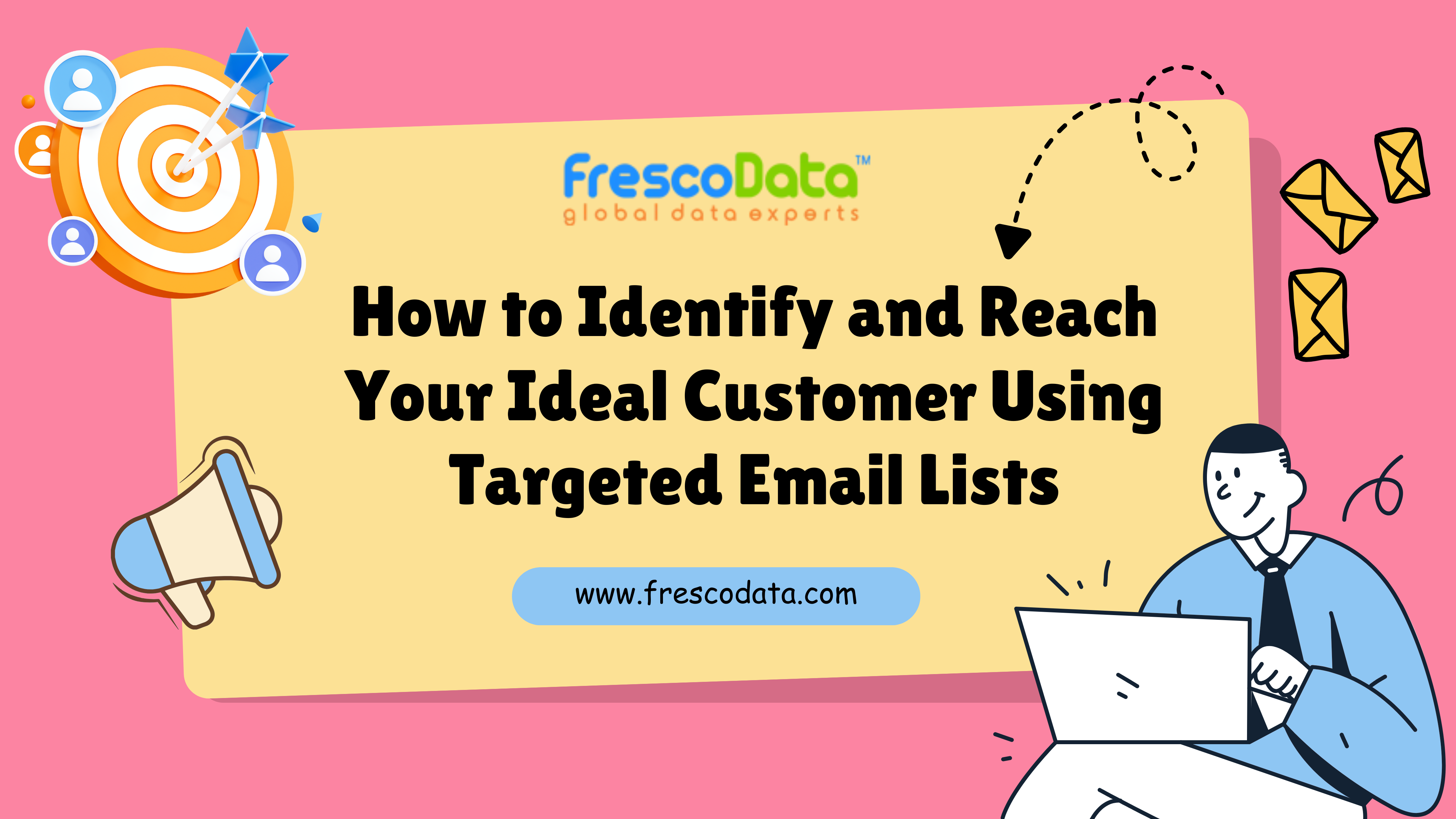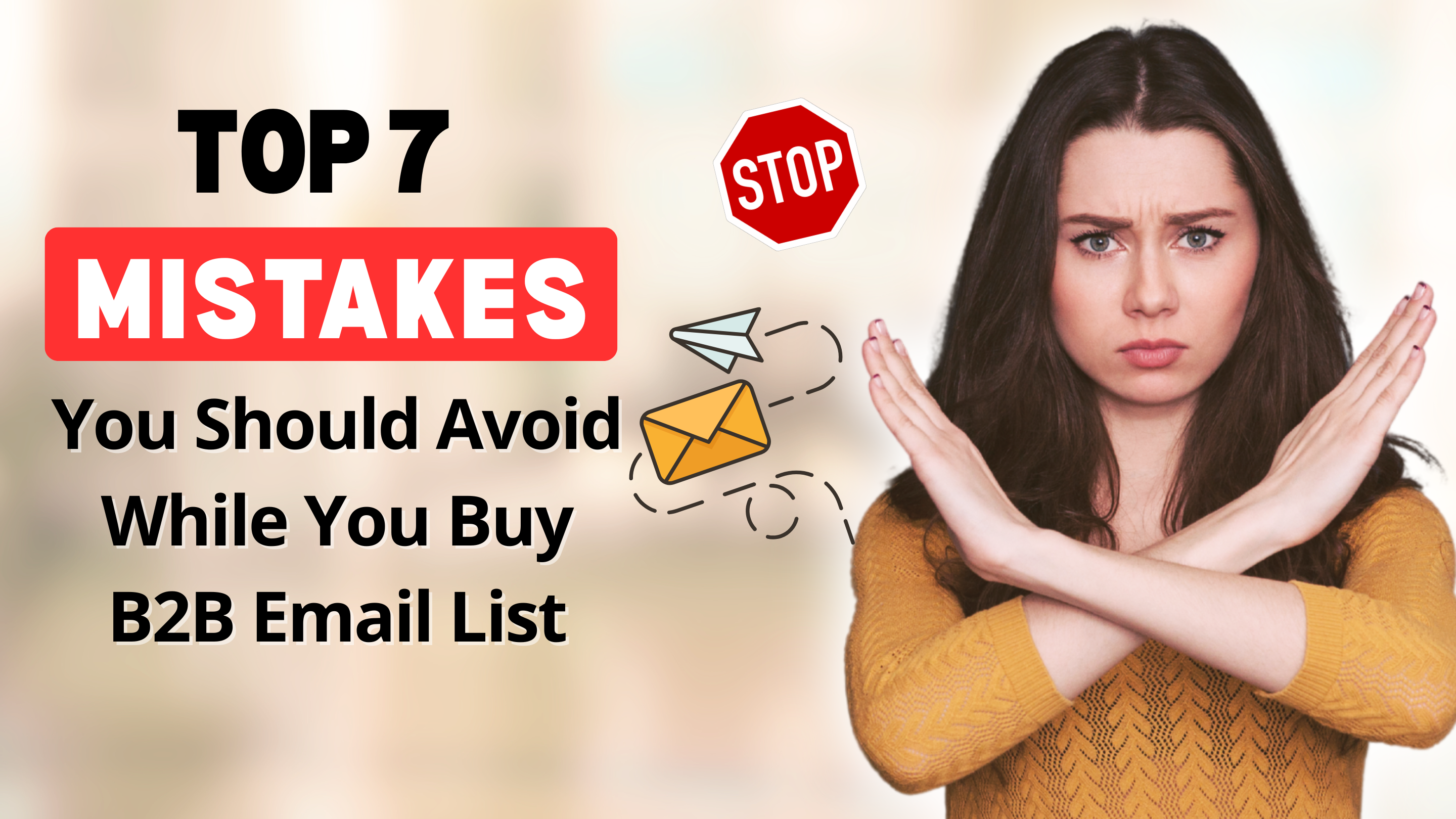How to Segment Business Email Lists for More Personalized Outreach
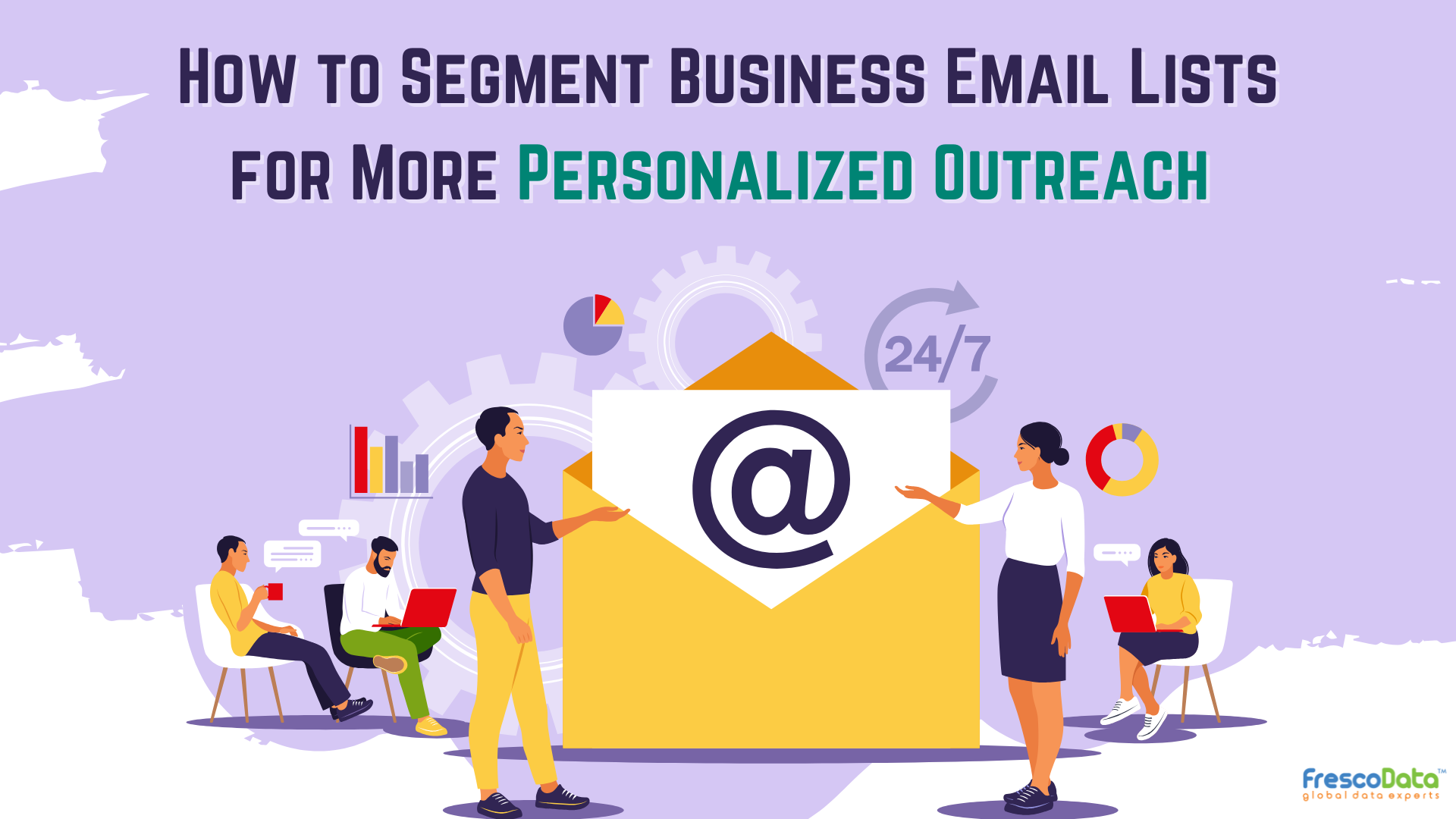
Strong 8k brings an ultra-HD IPTV experience to your living room and your pocket.
We’ve all received those generic marketing emails—the ones that feel like they were written for anyone and everyone. And what do most of us do? We delete them without a second thought. Now flip that around. Think about the emails that actually caught your attention. Chances are, they felt relevant, like the sender understood your role, your needs, or your industry. That’s the difference segmentation makes.
When businesses manage to personalize their outreach, they create conversations instead of noise. But to get there, it all starts with how you segment your business email lists.
Sending one message to thousands of people might seem efficient, but it rarely works. B2B buyers are smarter and more selective now. They don’t respond to general messages—they respond to the ones that speak directly to their role, industry, or challenge.
If your goal is more replies, more engagement, and ultimately more conversions, here’s how we’ve approached segmentation to make email outreach more human and more effective.
Segment by Industry
This is one of the most basic yet most effective ways to tailor your messaging. Different industries speak different languages. What matters to a software company won't necessarily matter to a construction firm. So, if you email everyone the same way, your message won’t land well.
Let’s say you sell CRM software. A manufacturing company might care about logistics and supply chain integration, while a marketing agency is focused on customer engagement. When your messaging reflects those differences, recipients pay more attention.
Especially when using targeted business email lists, sorting by industry lets you craft campaigns that feel like they were written just for the reader.
Segment by Job Title or Function
Not all roles in a company care about the same things. A CEO, for example, is thinking big picture—growth, profitability, and risk. A marketing manager is focused on campaign results. A procurement officer? They’re watching the budget.
That’s why one of the smartest ways to segment your B2B business email lists is by job title. Doing so allows you to speak to the reader’s specific interests. It also helps you avoid sounding tone-deaf.
We once ran a campaign for a SaaS platform where the messaging was split into two paths—one for IT directors and another for operations managers. The IT version focused on integrations and security; the ops version focused on workflow automation. Response rates jumped by nearly 40%.
Segment by Company Size
What works for a five-person startup doesn’t always work for a 1,000-person enterprise. Smaller businesses are often more agile and budget-sensitive. Larger companies have longer decision-making cycles but bigger contracts.
If you’ve ever bought USA business email lists, you know how much variety exists just in terms of scale. That’s why filtering your data based on company size helps your messaging make more sense.
You can take a different tone with small businesses—more informal, more flexible offerings. For larger corporations, it often helps to showcase studies, performance metrics, or ROI.
Segment by Geography
Business culture can vary widely from one region to another, even within the same country. If you’re working with USA business email lists, you might notice that East Coast executives respond differently than their West Coast counterparts. Likewise, someone in Texas might have a different approach than someone in California.
Segmenting by location allows for time zone-sensitive sends, local references, or even tailored promotions based on regional trends.
We once helped a client launch a campaign targeting tech companies in Austin versus finance firms in New York. The tone, style, and pain points were entirely different. And the open rates showed it.
Segment by Buyer Stage or Engagement Level
If someone just downloaded your free report, they’re not ready for a product pitch yet. On the other hand, someone who has opened three of your emails and visited your pricing page twice? They might be one email away from scheduling a demo.
That’s why one of the most overlooked forms of segmentation is based on behavior or stage in the buying cycle. This kind of data often comes from your CRM or email platform.
You can set up different sequences: one for new leads, one for warm leads, and another for inactive contacts. Each sequence respects where the person is in their journey, which increases your chances of getting a reply.
Segment by Purchase History or Past Interaction
This one applies more if you're emailing past customers or warm leads. If someone has already bought from you or at least interacted with your sales team, your message should reflect that.
Think about it: no one likes getting treated like a stranger when they’ve already done business with you.
So if you’ve had customers who previously responded, clicked, or bought, make sure your outreach feels familiar. A simple acknowledgment of their past interaction can go a long way in making the email feel real, not automated.
Segment by Interests or Content Engagement
Sometimes, people tell you what they care about just by the content they engage with. If someone downloaded your case study about cybersecurity, there’s a good chance they’re interested in IT protection.
Similarly, if a prospect regularly clicks on your marketing resources, that’s a strong signal about their interest. You don’t need to guess—you just need to pay attention.
When you buy business email lists, make sure you can enrich the data with behavior insights. This helps create a more dynamic view of your contacts, and it gives your team the chance to send emails that actually matter.
Why It Matters More Than Ever
According to a report by Campaign Monitor, segmented campaigns can lead to 760% more revenue than non-segmented ones. That’s not a small boost—it’s a massive shift in how successful your email campaigns can be.
In comparison to mass emails, segmentation makes your outreach feel real. And in B2B, trust is everything. People respond when they feel like you took the time to speak their language, rather than lumping them in with a hundred other names.
Conclusion
When you think about all the effort that goes into writing emails, setting up automation, or managing follow-ups, it only makes sense to start with a strong foundation—well-segmented business email lists.Whether you decide to build your own or buy business email lists from a trusted source, the value comes when you stop treating contacts like a crowd and start treating them like individuals. Segmentation isn’t just about slicing data. It’s about respect. It's about relevance. And ultimately, it’s what separates smart outreach from spam.
Eventually, the better you segment, the better your results. More opens. More replies. And more real conversations that turn into sales.
Note: IndiBlogHub features both user-submitted and editorial content. We do not verify third-party contributions. Read our Disclaimer and Privacy Policyfor details.



